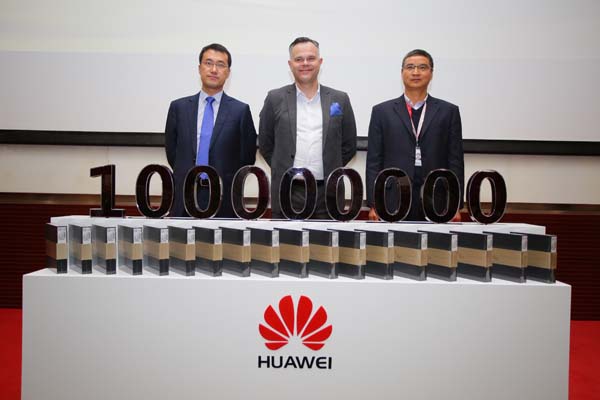Proof That Visual Social Media And Marketing-Sales Collaboration Drive Results
Every winter the Baltic Sea freezes over, making it extremely difficult for ships to dock at the port of St. Petersburg, Russia. One global shipping company is particularly good at navigating this waterway, and it wanted to promote this capability as a competitive differentiator.
To spread the message, this company’s marketing group engaged in a traditional marketing campaign, creating a white paper about its ability to ship amid harsh weather conditions. It didn’t take long for the company to realize that sales leads weren’t coming in as expected. Its significant message was falling on deaf ears.
Then, taking a more modern approach, the company’s sales and marketing leaders saw an opportunity to use the company’s existing social presence—more than 600,000 fans across multiple social channels—to share its Baltic Sea success story. The field marketing team assembled a set of beautiful photographs of the harsh conditions at sea, and then promoted them across social media. Each image linked to an article on the company blog, which in turn promoted a link at the end of the blog to download—wait for it—the white paper!
This modern, collaborative, and visual marketing approach generated 150 new qualified leads for the shipping company. That may not sound like a lot to you, but this number broke shipping industry records for lead generation.
In an environment where even disruptors are being disrupted, sales and marketing organizations are more challenged than ever to reach their prospects. The example of this shipping company provides a couple of important lessons.
Use Social Tools to Promote Collaboration Internally
Promoting collaboration between sales and marketing organizations can yield powerful results. One way of doing this is to give salespeople the ability to provide feedback on the effectiveness of marketing efforts. In his book The Wisdom of Crowds, James Surowiecki notes that aggregating feedback in a crowdsourced fashion often yields better decisions than could be made by an individual or smaller group of individuals.
You can encourage salespeople to share the effectiveness of marketing campaigns using internal social tools (think Facebook Likes or Yelp reviews).
Stay in Tune: The World’s Becoming More Social
As the shipping company found, social media messages with embedded images are more impactful those without it. Instagram usage grew by 9% in 2014 compared with the previous year, with 26% of all US adults and 53% of millennials subscribing to the platform, according to the Pew Research Center. Social Media Examiner finds that on Facebook, photos and videos are the most engaging form of content, yielding an 87% interaction rate (versus 4% from standard links). On Twitter, photos and videos increase retweets by upwards of 35%.
The combined power of social and visual content is one of the most important opportunities you have to capture the commitment and loyalty of your audience, most notably the millennial generation, which makes up one-fourth of the US population and a significant segment of the workforce and consumer base. Not only are millennials twice as likely as their predecessors to review, share, and follow brands online, but each of their purchasing decisions is influenced by an average of five people.
Modern Challenges Require a Modern Solution
Don’t sit back and let this ship pass you by. Embrace the emerging preference for visual engagement. At the same time, marketers need to provide sales teams with a modern channel to personally rate the effectiveness of their approaches. More-visual marketing combined with modern marketing-sales collaboration could lead you to a whole new world of opportunity.
Learn more on Oracle.com:
Oracle Modern Best Practices for Sales Performance Management


